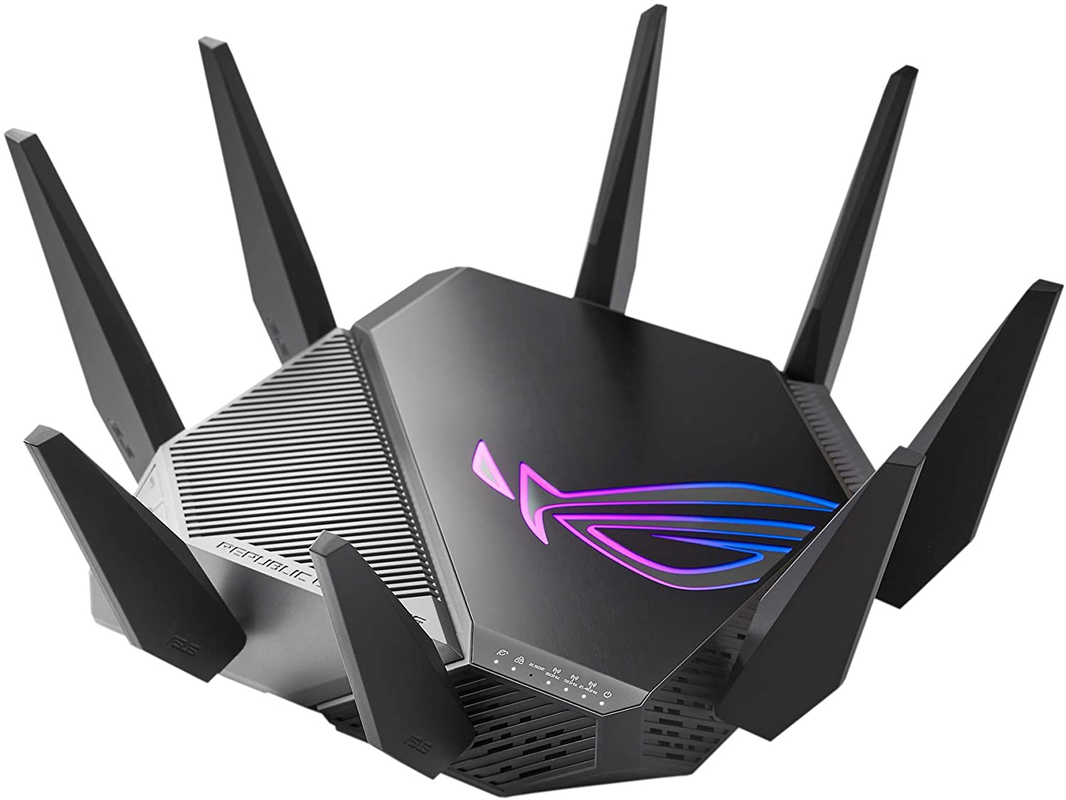Wi-Fi 6 uses two frequency bands, 2.4GHz and 5GHz, and while like 5G spectrum, the 2.4GHz band is able to reach further but is slower, while the 5.0 band is faster but has a smaller reach. In theory the Wi-Fi 6 specs allow a maximum speed of 9.6GHz in either band, but on a practical level that is commonly closer to 1Ghz. to 2Ghz., but speed is not the problem, rather bandwidth, so your ‘performance issues’ on PUBG have more to do with the fact that a large number of users are trying to squeeze into these two bands, each with a need for an 80Mhz channel. If things get too crowded, some router requests will fail or channel size will be reduced, which means less data can move from that router and your game will ‘lag’.
But don’t worry, because the FCC actually did something right last year and allocated another band, 6GHz to what is called Wi-Fi 6E to give a bit more bandwidth to users. In fact, the new band actually quadruples the bandwidth available to Wi-Fi, so there will be less contention for full speed data transfer requests, but there is a catch. Your modem has be equipped for Wi-Fi 6E in order to take advantage of the additional space. The good news is that if you are the first in your building to have a Wi-Fi 6E modem, you will have exclusive use of the very wide chunk of bandwidth, but without it, you will still be relegated to fighting over bandwidth with the family in the apartment below.
Asus (2357.TT) released the 1st Wi-Fi 6E router, a spidery looking device, in October of last year in Taiwan (December in the US), for ~$450 (currently not in stock at Amazon (AMZN) but available at Bets Buy (BBY)), based on a Broadcom (AVGO) chip. Samsung (005930.KS) has also included a Broadcom Wi-Fi 6E modem in the soon-to-be released Galaxy S21 Ultra 5G, which we believe is the 1st smartphone to be 6E compatible. While only the US and South Korea have opened the 6GHz. band to Wi-Fi, there are a number of other countries that are expected to open that spectrum for public use this year, including the UK, Chile, Brazil, and the UAE, so we suspect Wi-Fi 6E will be included in many high-end smartphones later this year.

 RSS Feed
RSS Feed